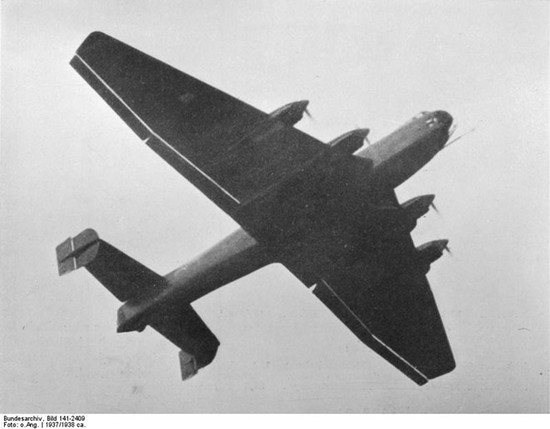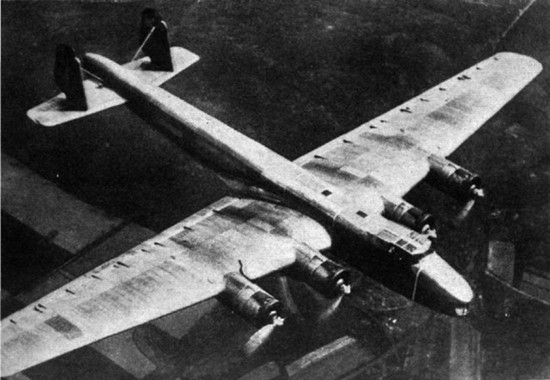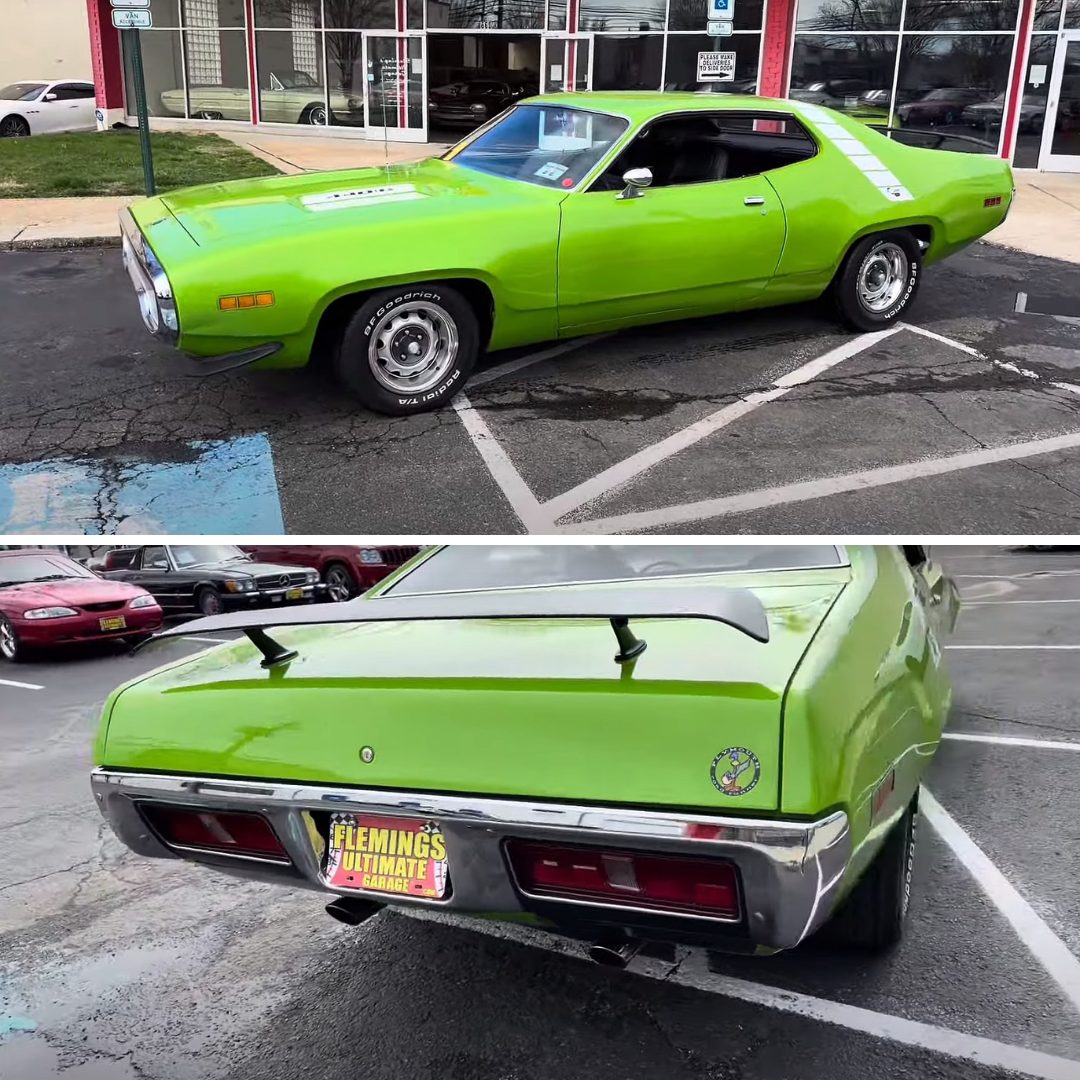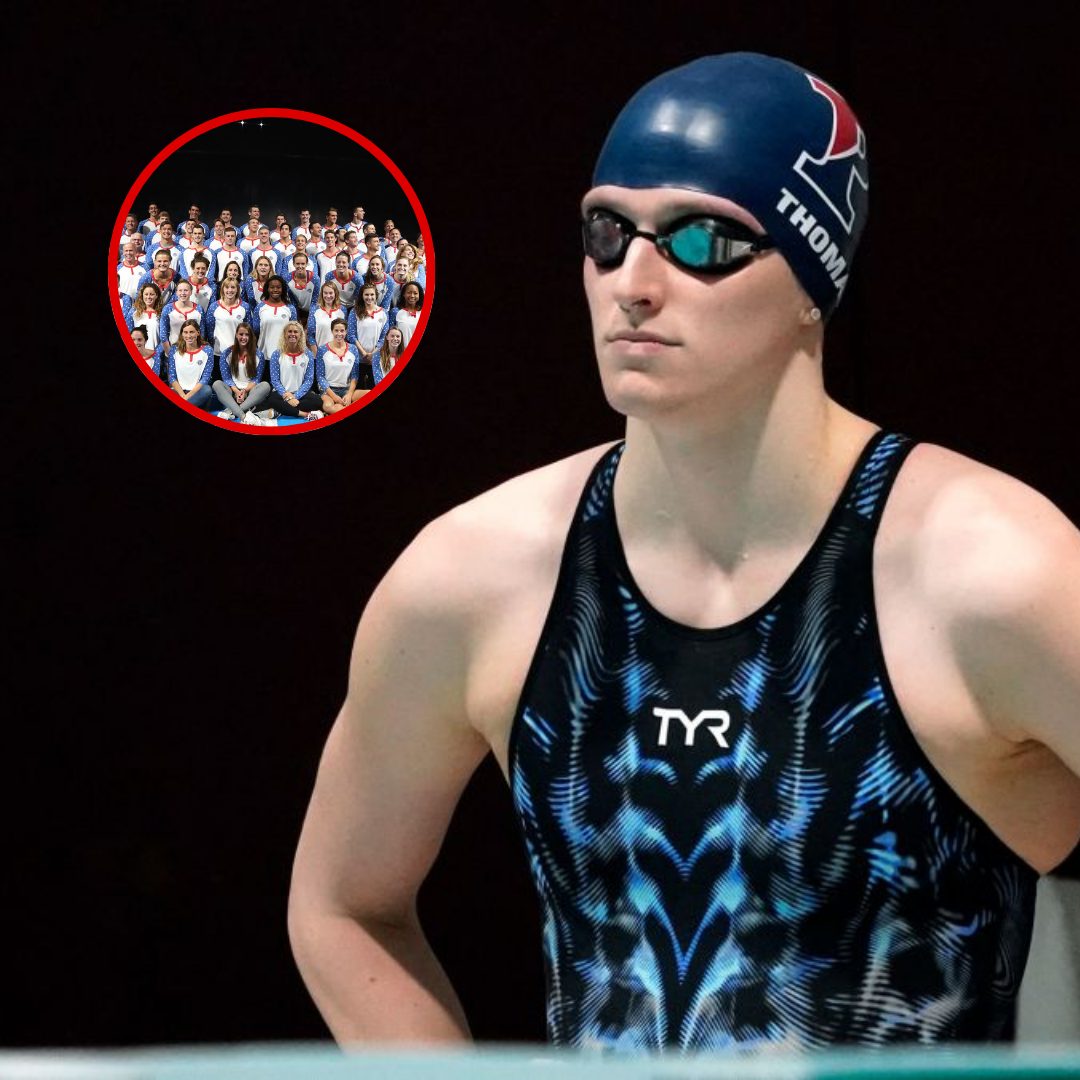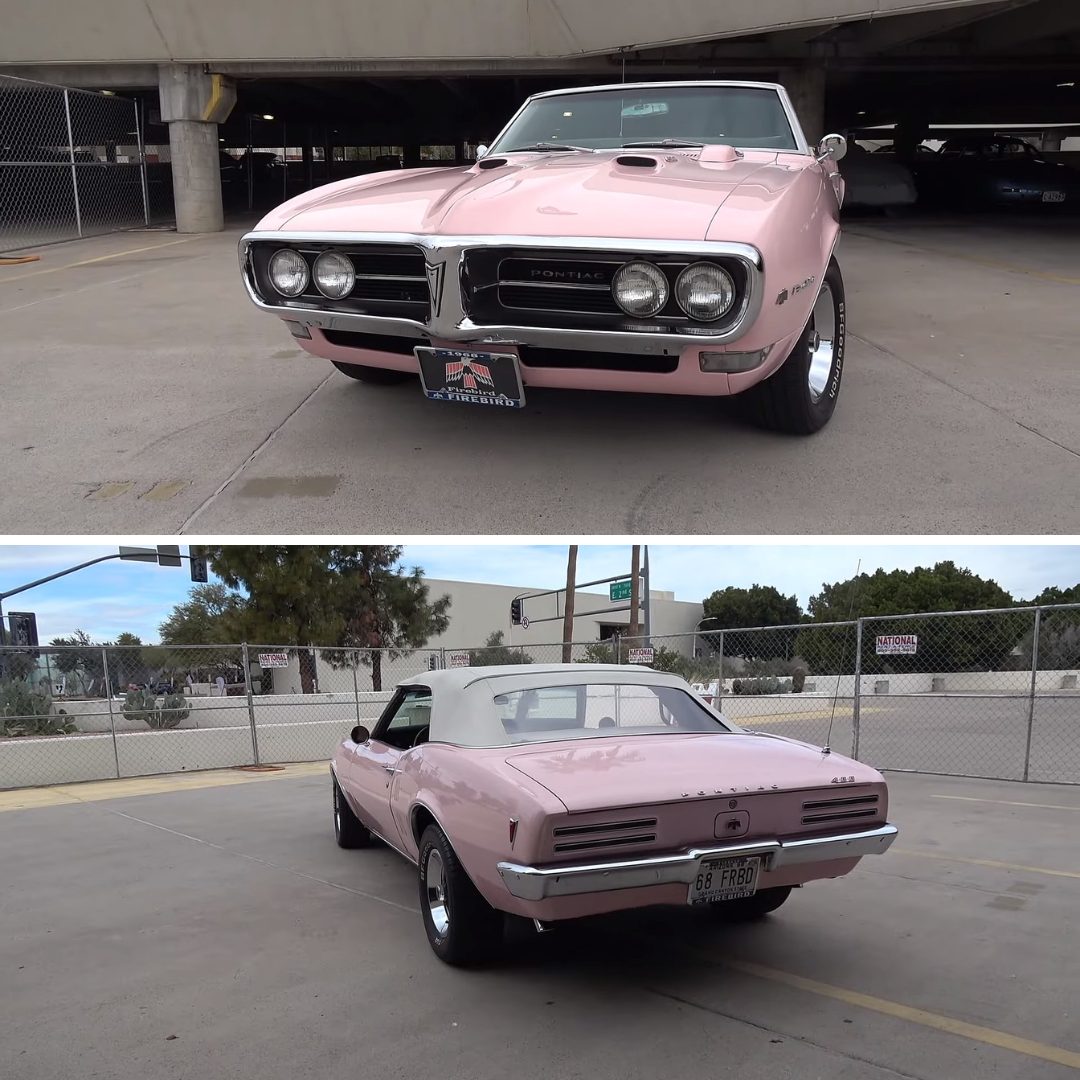During the years of World War II, Nazi Germany built a powerful tactical air force. The German Air Force completely dominated from the Western front to the Eastern front. However, the Luftwaffe’s domination of the skies did not last long. After the defeat at the Battle of Krusk, the Luftwaffe gradually lost its advantage.
If the Nazis had pursued the project of developing strategic bombers, World War II might have turned out differently. Photo: Wikipedia.
The Luftwaffe’s superiority gradually decreased due to the growth of the Allied forces, but part of that was due to Germany’s mistakes. The Luftwaffe ignored the role of the strategic bomber force. As a result, they suffered heavy losses from Allied air strikes by strategic bombers deep inside military bases.
The German Air Force could not launch attacks deep inside the enemy’s base, so they could not prevent the counterattack campaigns of the Allied forces. If the Nazis had pursued the Ural heavy bomber project, World War II might have turned out differently.
The bomber project died prematurely according to its founder
According to Historyofwar.org, in the summer of 1935, General Walther Wever, Chief of Staff of the German Air Force, asked manufacturers Junker and Dornier to propose a design for a heavy bomber. General Wever outlined five key points of strategic air force, in particular he emphasized the role of bombing defense industrial facilities to cripple the supply of weapons to the enemy army.
The Ural heavy bomber project as well as the Nazi strategic air force died with the departure of General Wever. Photo: Wikipedia.
At the request of General Wever, the heavy bomber model must be able to carry 2.5 tons of bombs that can attack targets in the Ural region, Russia or Scotland, so it is called the Ural Bomber Project. .
Junker Company introduced the Ju-89 model, which made its first flight in December 1936. The Ju-89 is capable of carrying 1.6 tons of bombs in its internal compartment. It is equipped with 4 Jumo-211A 12-cylinder propeller engines with a capacity of 960 horsepower/unit.
The Ju-89 is controlled by a crew of 9 including 2 pilots, switchboard operator, flight engineer, gunner and 5 operators of defensive machine guns. Junker has produced two Ju-89 V1/V2 prototypes ready for testing.
Meanwhile, manufacturer Dornier introduced the heavy bomber Do 19. It has a similar design to the British medium-range bomber AW38 Whitley but has a longer wingspan and larger fuselage. Do 19 uses 4 Bramo 322 H2 engines with a capacity of 950 horsepower/unit.
Dornier Do 19 made its first flight in October 1936, its performance was quite disappointing, the plane was too slow and could only carry 1.6 tons of bombs. Because the 19 only has an average flight range, it does not meet the long-range requirements as set out in the program.
General Albert Kesselring made a serious mistake when converting the He-177 strategic bomber into a dive bomber. Photo: Wikipedia.
Although both the Ju-89 and Do 19 still do not meet the requirements for flight range and weapon load compared to General Wever’s requirements, they have laid the basic foundation for Germany’s strategic air force in the future. .
On June 3, 1936, General Wever died in a plane crash, and General Albert Kesselring took over the position of Chief of Staff of the German Air Force. According to an analysis of Kesselring posted on Allworldwars.com, he did not see any prominent role for strategic bombers. He, along with military strategists Ernst Udet and Erhard Milch, convinced Field Marshal Hermann Göring, Commander of the German Air Force, that strategic bombers were too expensive and ineffective.
Kesselring argued that agile tactical aircraft would be more effective than slow heavy bombers. Following Kesselring’s advice, Field Marshal Göring discontinued the entire Ural bomber project before World War II began. The Luftwaffe focused on developing tactical aircraft, twin-engine dive bombers.
According to a document posted on Humanities360, two years after General Wever’s death, the German Aviation Ministry proposed the Amerika heavy bomber project. This project proposes to develop a bomber model capable of carrying 4.5 tons of bombs to attack targets near the United States. There are 4 test models that have participated in the program including: Focke-Wulf Fw 300, Focke-Wulf Ta 400, Heinkel He 277, Junkers Ju 390 and Messerschmitt Me 264.
However, this project could not be implemented for unclear reasons. Subsequently, the German Aviation Ministry designated the Heinkel He 177 model as Germany’s long-range bomber. General Albert Kesselring continued to make a serious mistake when converting the He 177 role into a dive bomber.
Meanwhile, the United States and the Soviet Union were quietly developing long-range heavy bombers. These aircraft caused Germany enormous damage. A series of military bases, warehouses, and production facilities were fiercely attacked, causing the production process to almost paralyze.
After consecutive failures on the battlefield, Marshal Göring as well as German military strategists felt deeply about the role of strategic air force. Göring lamented the lack of a heavy bomber force and cursed those who had convinced him that tactical aircraft were superior to heavy bombers.
“Yes, the other side’s incompetent heavy bombers are doing a wonderful job of destroying Germany from start to finish,” Field Marshal Göring said desperately. When Germany clearly realized the role of strategic air force, it was too late to restart previously canceled projects.
